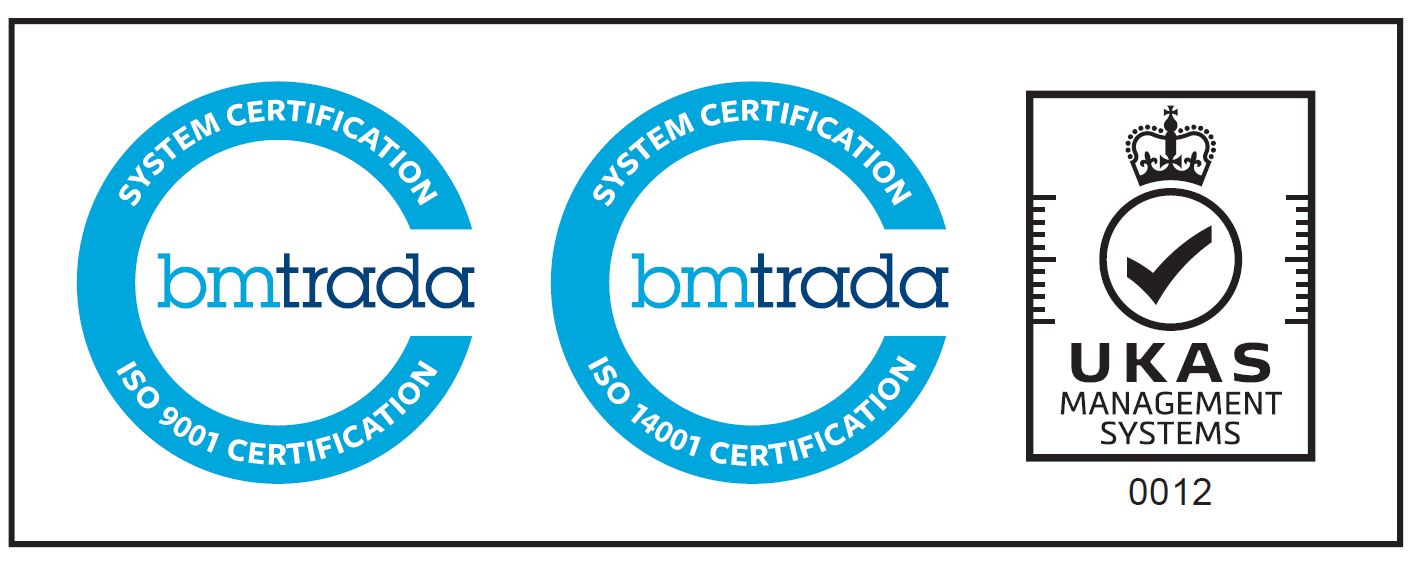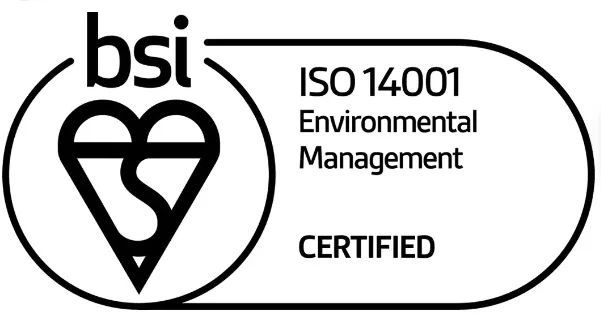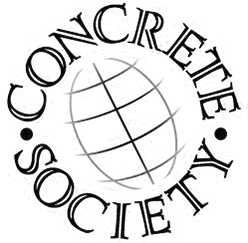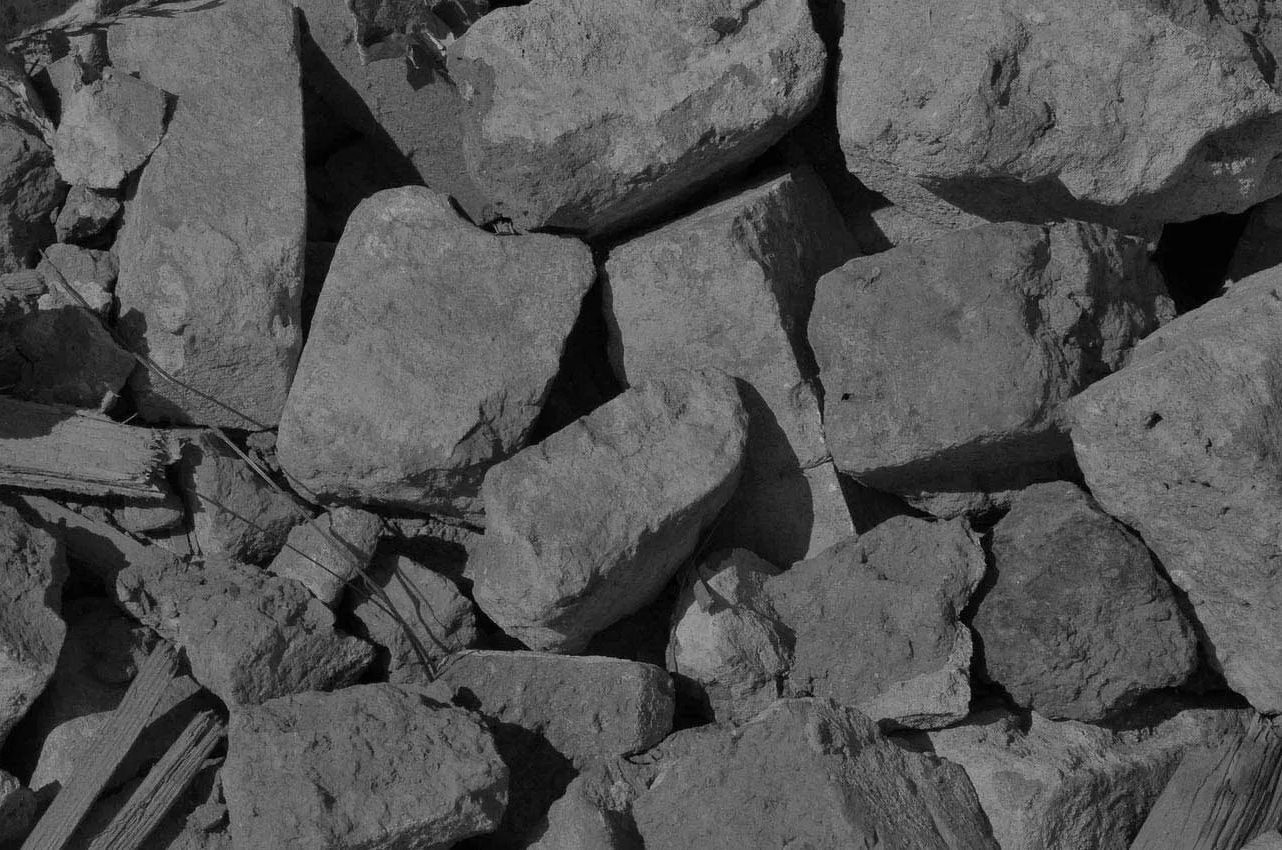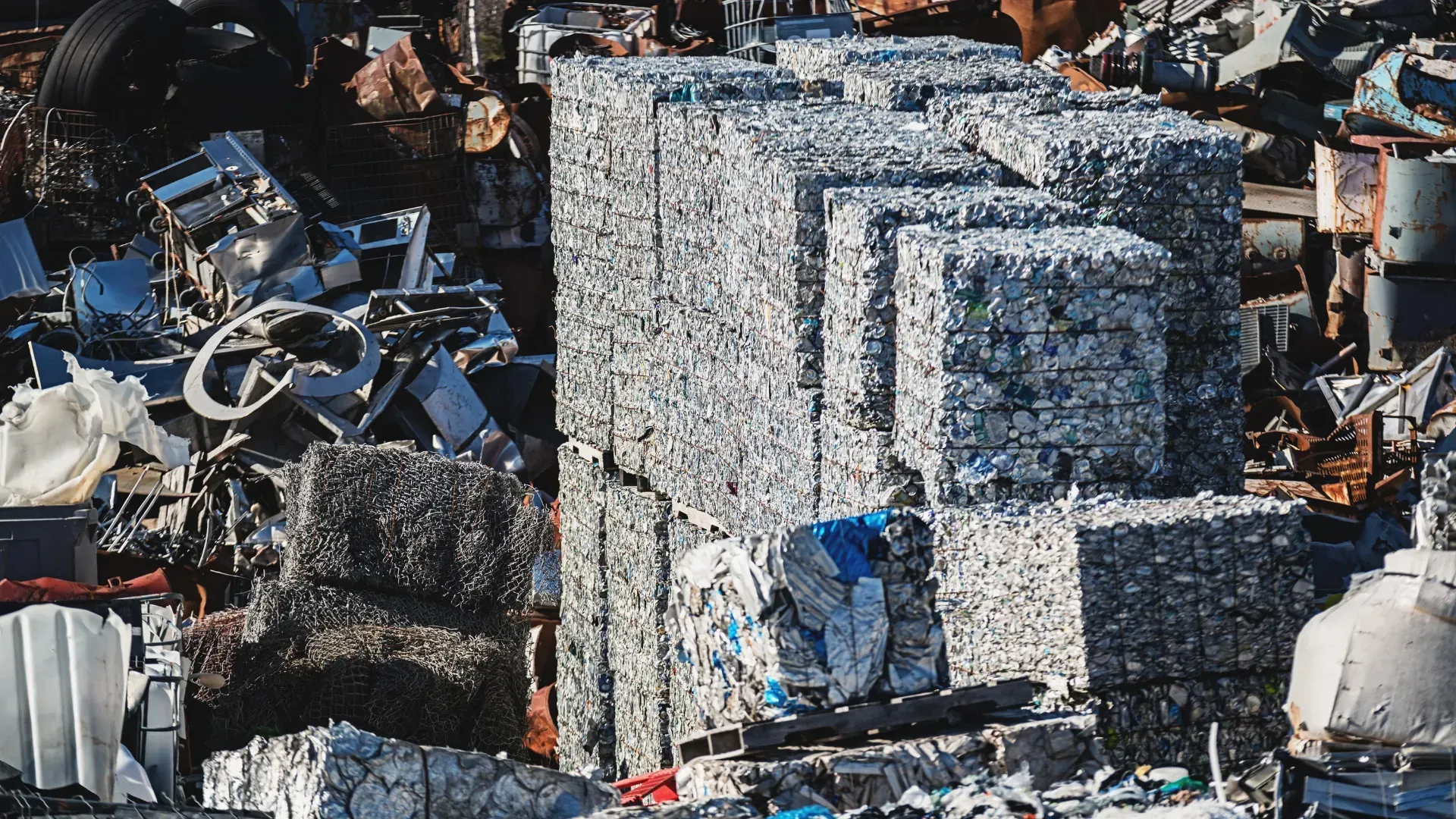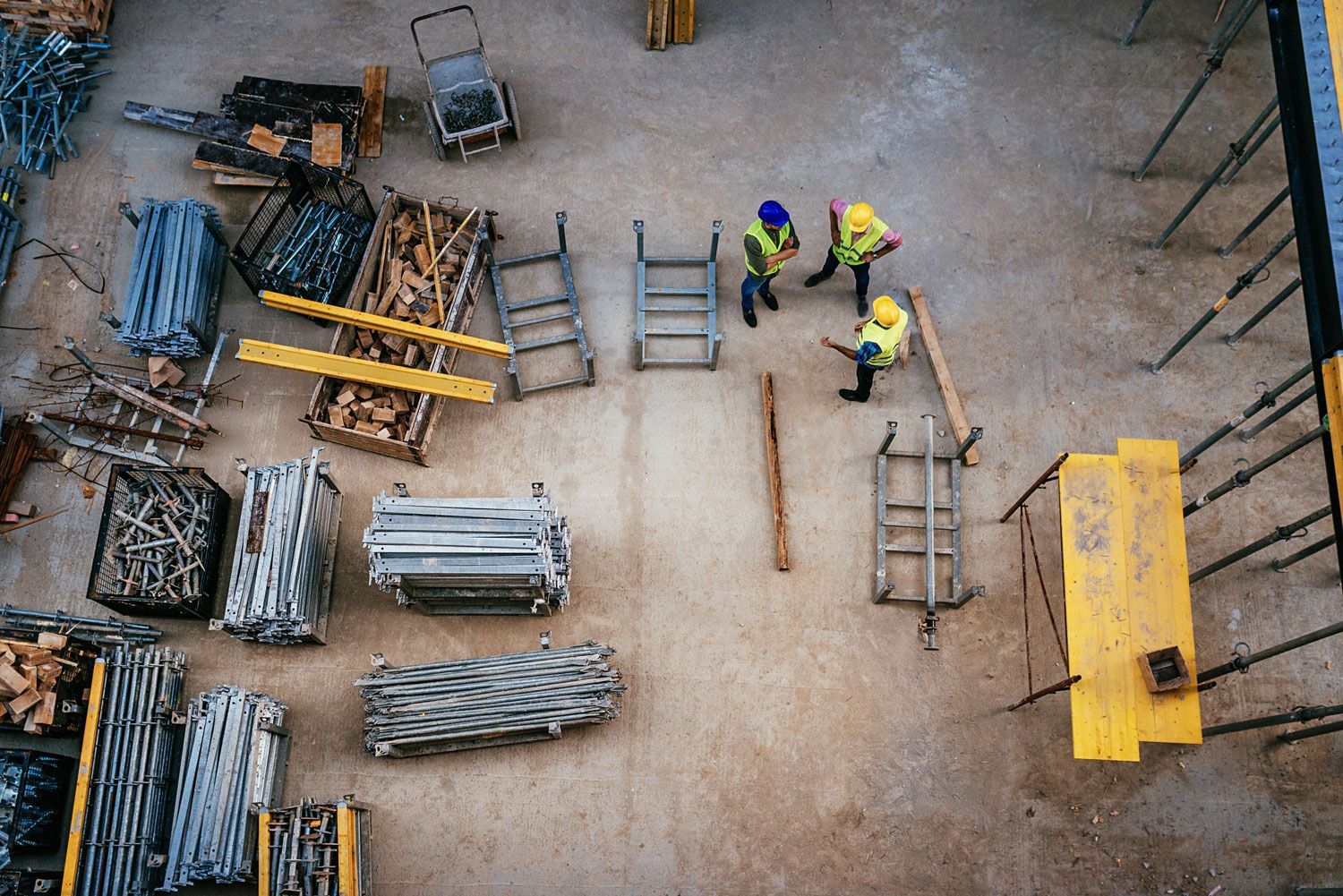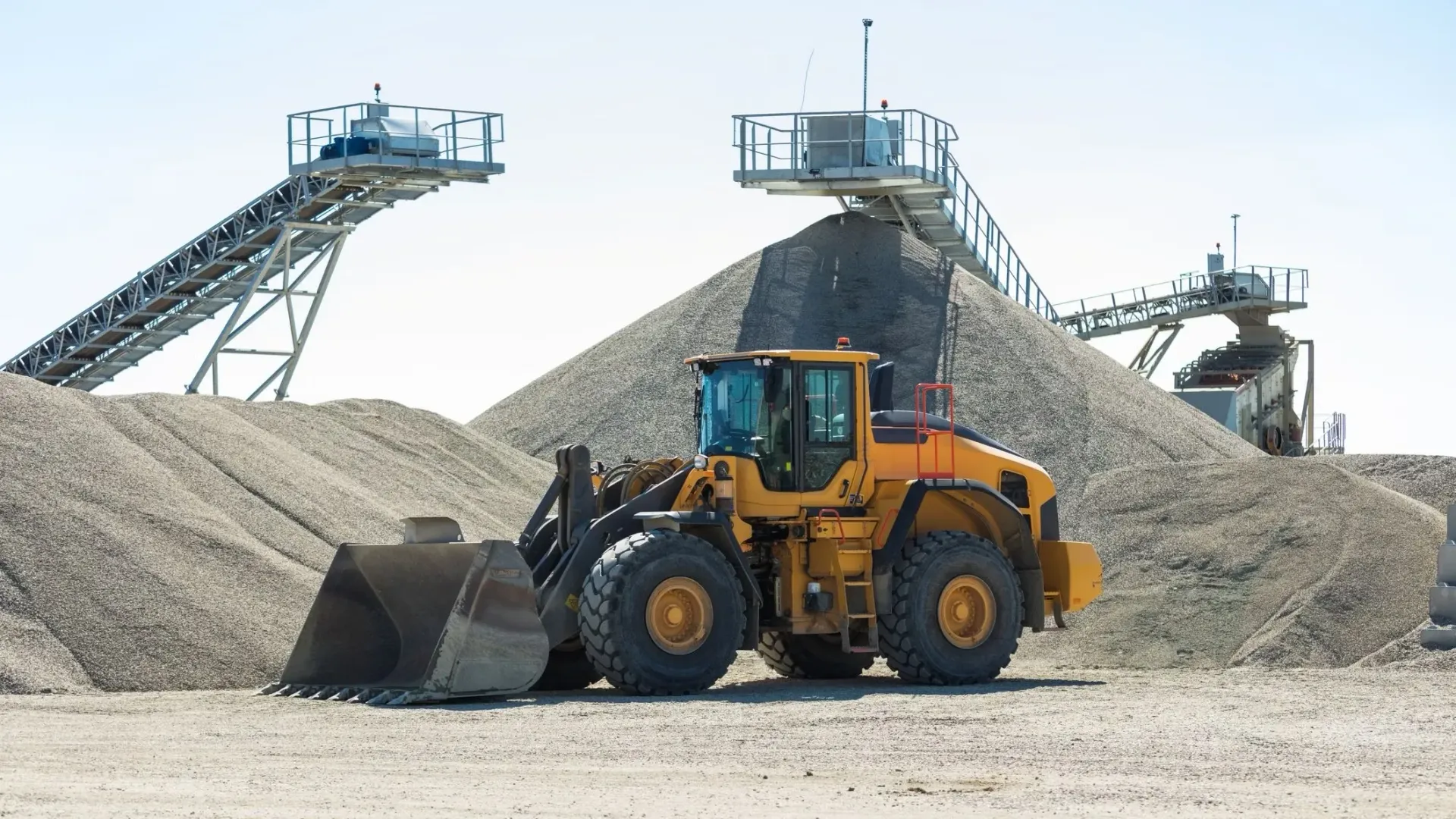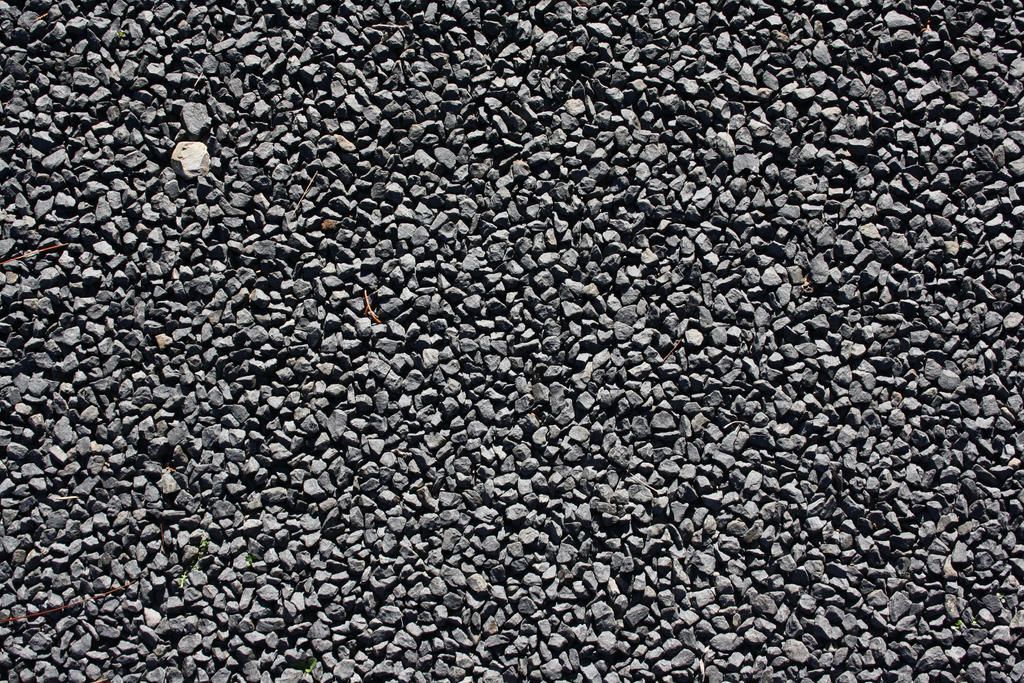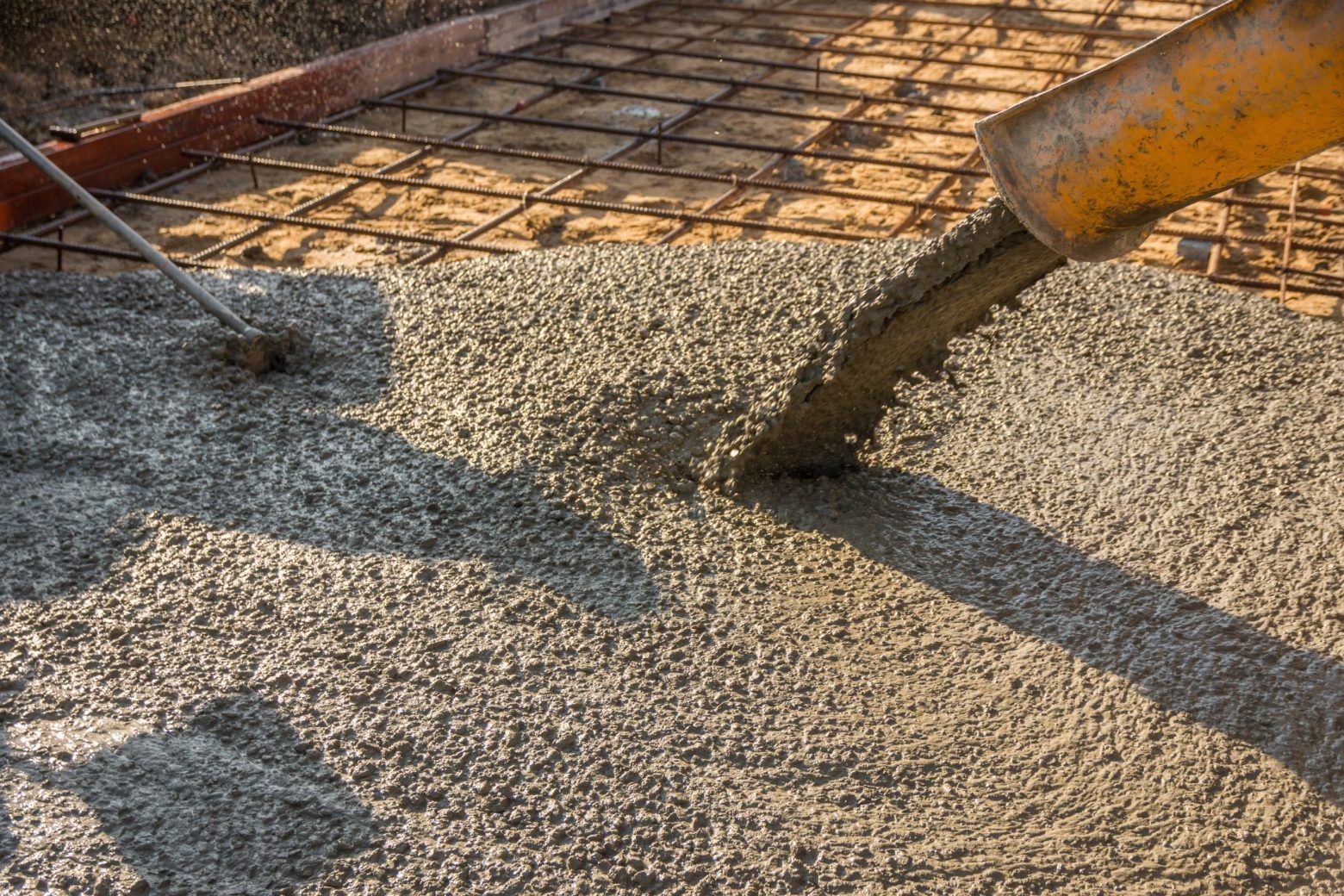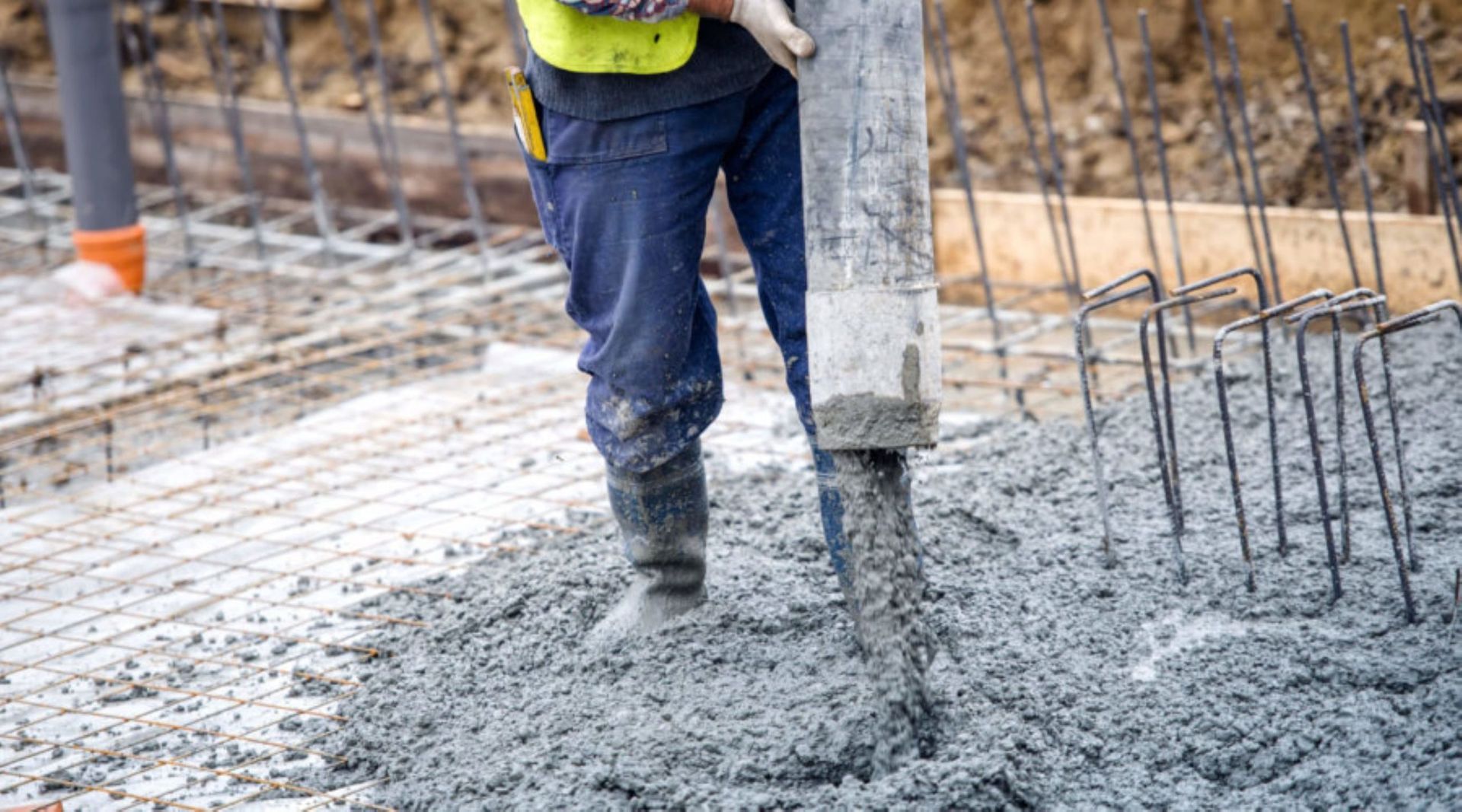How Quality Concrete Has Revolutionised the World of Construction
For those in construction, it’s likely that, if they had to list off some of their most used materials while on the job, concrete would be somewhere near the top. We’ve all seen concrete in action somewhere as we go about our daily lives, whether it be a concrete wall or towering building. As ubiquitous as it is beneficial, concrete has become one of the most common building materials used today, allowing us to continually innovate the construction industry and build ever bigger and eye-catching structures.
First invented and perfected by the Romans, lost to time, then thankfully rediscovered again centuries later, our use of concrete has grown to such an extent that it is now the second most consumed material in the world, just behind water, which is funnily enough one of concrete’s main ingredients.
This relatively simple idea of mixing sand and stone with water and a binding agent to create a paste has had far-reaching benefits to communities across the world, yet, it’s sometimes seen as a bit of an unsung hero and doesn’t quite get the kudos that it most definitely deserves.
As suppliers of quality concrete solutions for clients throughout Scotland, we’re fascinated about how this simple material has changed the construction industry. With this in mind, we decided to take a deeper look into how concrete was discovered, its benefits and what the future holds for this wonder material.
A brief history of concrete
While concrete has cemented itself (excuse the pun) as one of the key components to modern construction, you may be surprised to learn that it has been used in one way or another for thousands of years. During an archaeological dig in Israel in 1985, the team working on the site discovered a lime concrete floor that was carbon dated to around 7,000 B.C.E, making it the earliest recorded use of the material for construction.
However, it would seem that the use of concrete didn’t fully catch on around this time as the first documented use of concrete would appear thousands of years later during the Egyptian era. It was here that civilizations of antiquity began to realise concrete’s myriad benefits. The Greeks took to using simplistic cementitious material to cover buildings and walls with; a prime example of the Greek use of concrete can be found at the Palace of Tiryns, where the floors are made from the material.
Yet, like many things the Greeks tried, the Romans came along and co-opted cement for their own ends and actually became masters of the craft, creating concrete structures that still stand to this day. What made Roman concrete so strong was the addition of volcanic ash, which minimised cracking. Both the Pantheon in Rome and Hadrian’s Wall here in the UK are primary examples of Roman concrete at work.
Losing and regaining the knowledge
Sadly, after the fall of the Roman Empire, the recipe for creating quality concrete was lost to time with a variety of other innovations that came to epitomize classical civilization. This led to a period of decline known as the Dark Ages and medieval period. Without concrete, many structures were small and crude in comparison to the mighty structures of antiquity. Of course, there were alternatives, such as the oyster shell lime-based ‘tabby’ but none came close to the strength and durability of Roman concrete.
It wouldn’t be until the industrial age that we would see concrete used in any significant way, however, with its rediscovery, construction progressed leaps and bounds. The first reintroduction of quality cement can be attributed to John Smeaton who, in 1759, discovered the recipe and used it as mortar for the now famous ‘Third Eddystone Lighthouse’.
However, it would be Joseph Aspdin and his creation of the iconic Portland Cement in 1824 that would finally bring concrete back into the limelight. Named after the stones found on Portland island off the coast of Dorset, Aspdin’s discovery soon became an essential building component and is still the most commonly used concrete product around the world today.
What exactly are the benefits of concrete?
As one of the most commonly used materials used today, concrete offers a host of benefits for modern construction.
Economical
In comparison to other structural materials, such as steel and polymers, concrete is actually quite cheap. As the main ingredients are cement, water and aggregates, there’s not anything particularly expensive being used, helping to keep costs low on the large-scale projects we see today.
Hardens at ambient temperatures
Concrete has made such an impact in the construction industry partly due to the fact that it can harden from its paste-from into a solid structure at ambient or room temperature. This, along with the addition of admixture if required, allows for construction in a variety of environments irrespective of weather conditions.
Shaped to requirements
Arguably the greatest benefit of using concrete is that it offers a superior level of malleability for construction projects, which are becoming increasingly common in the modern industry. In its liquid state, concrete can be poured and formed into the desired shape, allowing for complex yet durable designs that would otherwise be extremely difficult to create.
Excellent water resistance
Unlike other materials such as wood and steel which deteriorate over time when coming into consistent contact with water, concrete, on the other hand, is much more durable, being able to withstand water without any serious deterioration. This makes it especially useful for underwater applications such as dams, pipelines and submerged buildings.
Facing the challenges of concrete production
While concrete is hugely important for modern construction that doesn’t mean that it has challenges that it faces and the opportunity for innovation to create ever more efficient and durable buildings. For example, one of the biggest issues that comes with concrete production is the strain it puts on the environment. This means that suppliers are looking for ways to ensure the concrete is both reused and wastage kept at a minimum.
The way this has been currently tackled is for suppliers to offer aggregates made up of recycled concrete, ensuring that the material is put back to good use and the introduction of volumetric concrete services which ensure that the perfect amount is used for each job, reducing wastage. In the future, we can expect to see more efficient production techniques which will invariably lower the industry’s carbon footprint.
Invest in quality concrete for your next project with WM Thompson & Sons
Nearly every construction project will require some form of concrete at some point, which is why it’s so important to ensure that you’re investing in quality. At WM Thompson & Sons, we understand how important this amazing material is for the construction industry, which is why we offer our customers both ready-mix and volumetric concrete throughout Glasgow and the surrounding areas.
With our fleet of concrete trucks at the ready, we are more than prepared to efficiently provide customers throughout the region with any between 1 to 10 cubic metres of wet concrete and screed, making us one of Glasgow’s top suppliers.
As every project is different, we understand that you require specifics to keep costs low and to reduce wastage. With this in mind, why not get in touch with our team today on 01389 762271 to discuss your requirements or visit our website to learn more about the various services we have available.
